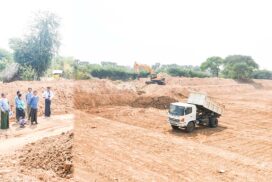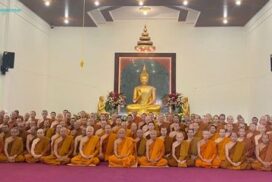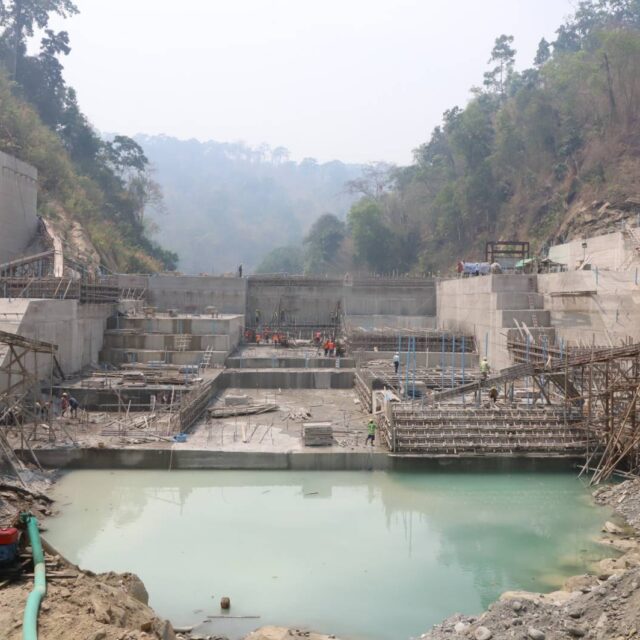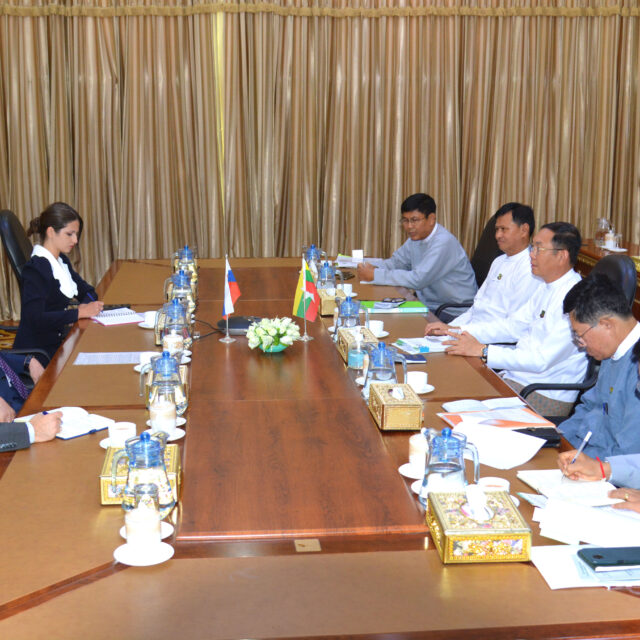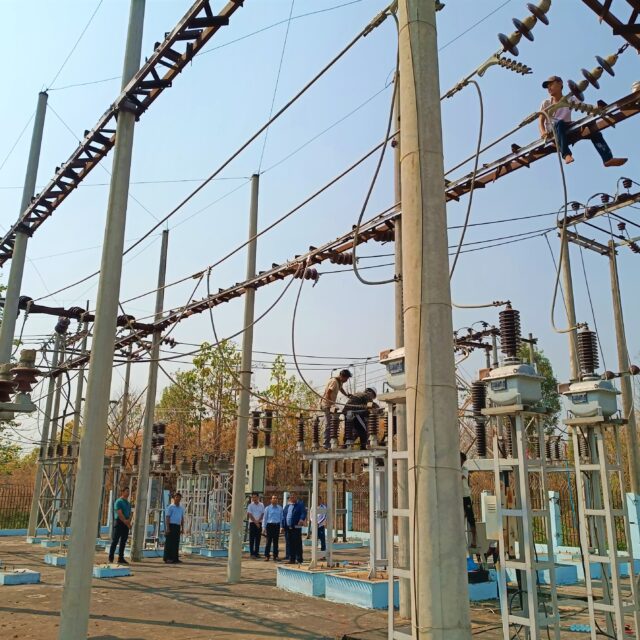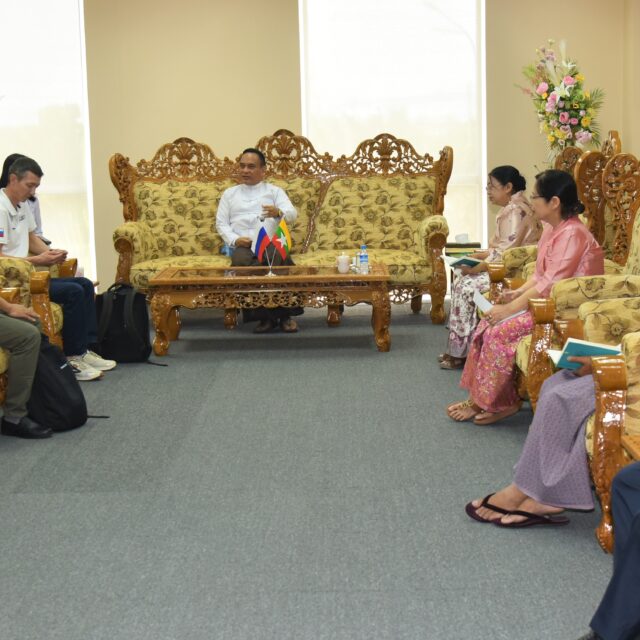Bagan is the heart of all Myanmar people regardless of religion, race, political doctrine, age, gender and so on, as Bagan is full of cultural heritage, attracting travellers at home and abroad. As such, all nationalities are responsible for the preservation of ancient cultural heritage in Bagan.
Recognizing the perpetual threat of natural disasters, the government has issued directives to officials, emphasizing the systematic preservation of ancient works within the cultural heritage of Myanmar, particularly in the Bagan Ancient Cultural Zone. This proactive approach seeks to shield these invaluable structures from the year-round impacts of natural calamities, ensuring that future generations continue to marvel at the historical significance encapsulated within Bagan’s ancient religious monuments.
The Bagan cultural heritage site stands as a collective treasure, encompassing 3,837 ancient structures that hold immense value for the entire nation. However, from 2010 to 2020, this revered site faced the wrath of earthquakes on 22 occasions, resulting in damage to 389 religious monuments.
A concerted effort has been underway to safeguard this historical site, with notable progress achieved during the initial phase. While a total of 388 stupas and temples, excluding the Thabyatnyu Stupa, have been successfully maintained, urgent renovations to the Thabyinnyu Stupa were completed with the assistance of Chinese experts.
Ground inspections revealed that an additional 110 religious edifices require renovation, and quick action has been taken to address the impact of adverse weather conditions. In a short span, 41 more ancient buildings and 119 damaged structures have undergone renovation, underscoring the commitment to preserving the cultural heritage of Bagan.
To fortify the site against the challenges posed by heavy rains, meticulous land preparations have been carried out. A well-designed drainage system ensures the proper flow of water, enhancing the site’s resilience. Furthermore, in a bid to mitigate the danger of lightning strikes in the raining season, 11 religious buildings in the region will be equipped with lightning conductors, further securing these invaluable structures.
International collaboration plays a pivotal role in preservation efforts. The Chinese government, in partnership with its Myanmar counterpart, has committed to a nine-year plan for the renovation of the Thatbyinnyu Stupas. Simultaneously, the Archaeological Survey of India (ASI) is actively implementing a ten-year plan, spanning from 2018 to 2028, aimed at renovating 92 ancient religious monuments. These collaborative initiatives underscore the global importance attached to conserving the rich cultural heritage of Bagan.
Recognizing the perpetual threat of natural disasters, the government has issued directives to officials, emphasizing the systematic preservation of ancient works within the cultural heritage of Myanmar, particularly in the Bagan Ancient Cultural Zone. This proactive approach seeks to shield these invaluable structures from the year-round impacts of natural calamities, ensuring that future generations continue to marvel at the historical significance encapsulated within Bagan’s ancient religious monuments.


